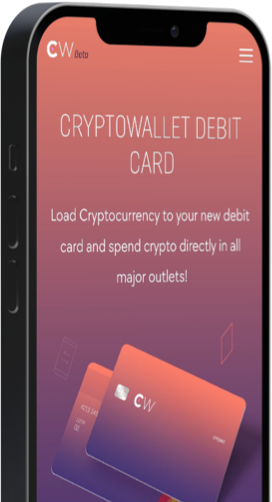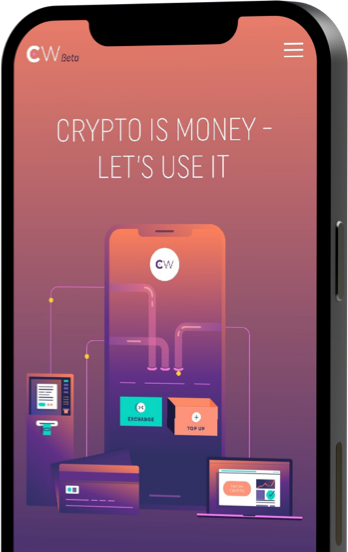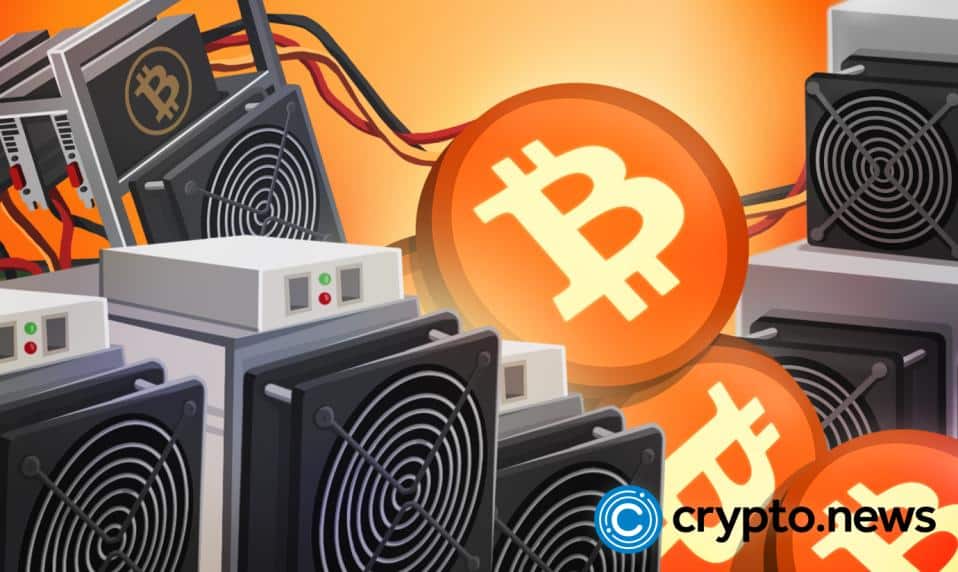The NFT market has attracted several forms of scams that prey on unsuspecting users and have cost millions in losses. Read on to discover the most common NFT scams you need to be aware of as an NFT collector.
What Are NFTs?
Non-fungible tokens (NFTs) are digital assets that represent ownership of unique items. NFTs allow you to tokenize things real-world as well as digital items, such as artworks and collectibles, with proof of ownership embedded in the blockchain.
Non-fungible tokens are not interchangeable with other items due to their unique properties. Fungible tokens can be mutually exchanged for similar tokens. For instance, 1 ETH is exchangeable for another 1 ETH.
However, while you can buy and sell NFTs from other people, the unique trait of each NFT gives it a distinct value. This is what non-fungibility means in the context of NFTs.
Crypto is money – let`s use it!
You can use CryptoWallet to buy, sell, and trade crypto.
Sign up today
NFTs are also unique in the sense that even if you create multiple copies of the same image or file, they are distinguishable based on the metadata contained in each NFT token. Taking this notion further, creators of these NFT collections are incorporating different traits of varying degrees of rarity to enhance the scarcity and value of their NFTs.
Having said that, an advantage of having NFT historical data on the blockchain is that you can authenticate the provenance of digital artworks and media without having to involve counterparties.
What Are NFT Scams?
As the NFT market develops, fraudsters are increasingly finding innovative ways to separate NFT owners from their digital assets. NFT scams are continuously evolving, and users need to keep abreast of the newer forms.
Scams in the NFT market are intended to defraud you of your NFTs and/or funds held in your wallet. The sad reality is once your NFTs have been stolen or compromised, it is challenging to recover them.
Therefore, it is essential to identify common NFT scams and how you can prevent them.
Most Common NFT Scams to Look Out For
Let us look at the most common scams that have managed to defraud NFT collectors of millions of dollars.
Social Media Impersonation
This type of scam involves bad actors who create fake social media accounts intending to get NFT users to connect their wallets to fake NFT marketplaces or projects.
Once they gain access to your wallet, they drain it of ll your crypto-assets and NFT tokens.
Scammers can copy legitimate accounts and advertise them on social media to lure unwitting buyers. They convince buyers to buy fake NFTs and disappear with their funds. Sometimes, these fake social media accounts host fake giveaways, which endanger unassuming users.
One way to prevent these scams is to do a Google search to confirm if there are other similar social media pages but with more followers. Chances are high that could end up being the legitimate page. Also, in the case of Twitter, you can check whether the link being shared is from a verified account.
Customer Support Impersonation
Scammers often pose as legitimate NFT customer support services to get NFT users to divulge sensitive information.
This is pretty rife in Discord and Telegram, where many NFT projects have forums and communities. They engage users on the pretext of solving a customer issue or escalation and, in the process, ask the users for their wallet private keys or seed phrases. Once they have the details, they then proceed to steal their crypto-assets.
You can avoid this type of scam by accessing the official Discord and Telegram channels listed on the NFT creator’s official site. More importantly, don’t entertain random conversations with customer support representatives asking to solve problems you don’t have.
Fake NFTs
Fake NFTs are prevalent in the marketplace.
Scammers use marketplaces like OpenSea to convince customers and users to buy legitimate NFTs, only that the scammers have copied an original work and have proceeded to display the counterfeit on the NFT marketplace for auction.
To avoid this, ensure any NFT you purchase in a marketplace is from a verified account. Moreover, you can also reach out directly to the NFT creator via social media or confirm the ownership status of a piece of art or verify the token on the blockchain yourself.
Investor Scams
Investor scams happen when bad actors create fake NFT projects but promote them as legitimate projects.
The reality is the fraudsters only collect investors’ money, and after a certain period, they abruptly close shop, and investors are left counting losses.
One example is the Evil Ape scam that resulted in investors losing over 700 ETH to an anonymous NFT creator.
Pump and Dump schemes
In this scenario, fraudsters work to inflate the price of an NFT collection by placing several bids within a short period to build a frenzy around the NFT and cause the price to rise.
Once the price has reached a certain level, then the scammers will liquidate their collection at a profit and leave buyers holding seriously overpriced digital assets.
You can avoid this type of scam by ensuring you review the transaction history of an NFT you wish to purchase. NFT marketplaces like OpenSea enable you to view transactions and buyers associated with a specific NFT collection. You can also use Etherscan to view the NFT transaction history on the Ethereum blockchain. The lack of any transaction data should be a red flag.
Phishing scams
Phishing scams are one of the more common crypto scams and are very prevalent in the NFT space. In this scenario, scammers attempt to gain access to your wallet information by providing a fake app or website that aims to collect your data.
To buy an Ethereum-based NFT, you need a crypto wallet that supports ERC-721 tokens, such as MetaMask or Trust Wallet. Scammers target these wallets by sending out fake links to sites, which ask you for your private keys or seed phrases. If you divulge this information, the scammers will proceed to steal your NFTs.
The best way to avoid this is to ensure you never share your private keys or seed phrase with any other party.
Bidding scams
These scams usually happen when you try to sell your NFT on the secondary market. A scammer will pose as a buyer and place the highest bid on the NFT you have listed. When it comes to paying, the scammer will switch the digital currency used without your knowledge. The result is you will end up receiving 10 USDC (worth $10) instead of the 10 ETH (worth $16,000) you agreed upon.
To avoid this, you are advised to always check the transactional currency before initiating the payment.
FAQs
Can I get scammed on OpenSea?
The short answer is yes. The truth is OpenSea has come under scrutiny about cases of fake NFTs and theft of user NFTs. The platform has introduced both human reviewers and image recognition to scan NFT collections and spot any fake NFTs. However, users are still advised to be cautious when trading NFTs on the platform.
Can I get my NFT back if I was scammed?
Unfortunately, the likelihood of you getting your NFT back if you got scammed and had it stolen is close to zero. Unless you are willing and able to buy the NFT back from the scammer, you will probably not get it back.
Is it illegal to screenshot an NFT?
Screenshotting an NFT is not illegal. However, using the screenshot and reselling it as an NFT, or passing it off as your own work would be illegal. Moreover, using it for commercial purposes would also be illegal as you don’t own the copyright for the artwork portrayed as an NFT.
Sourced from crypto.news.
Written by Alex Lielacher on 2022-08-23 04:00:00.











